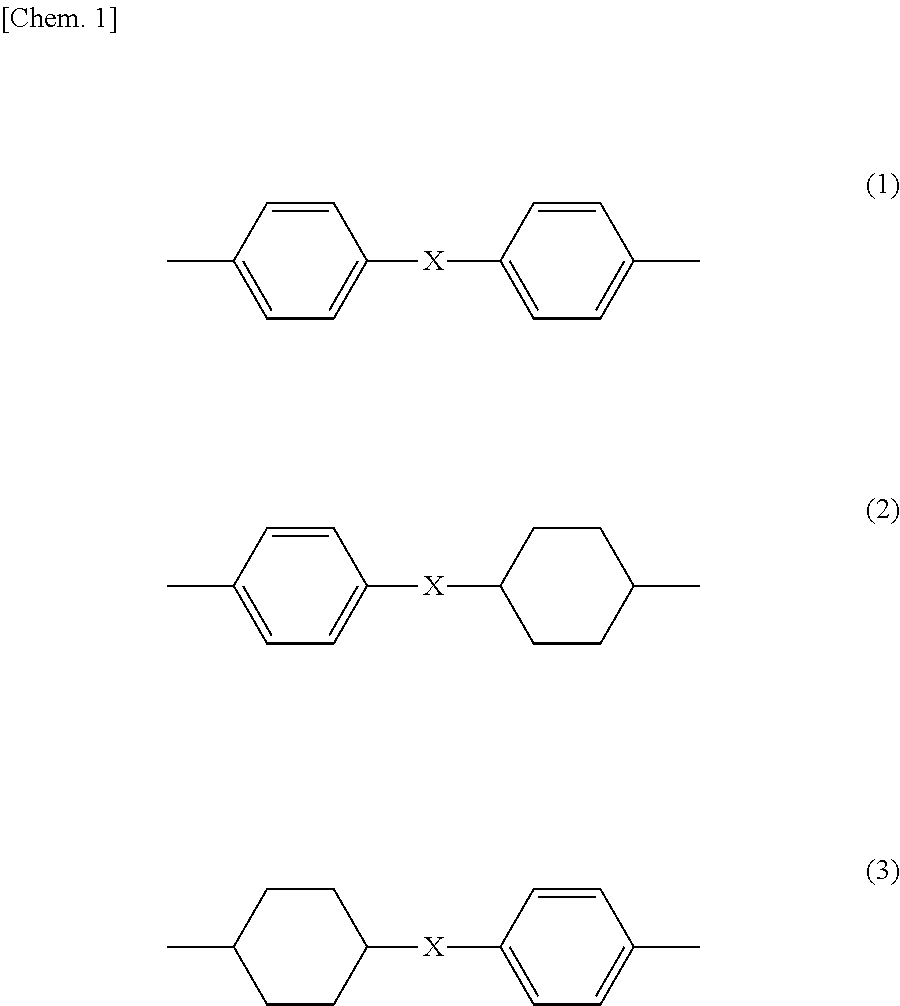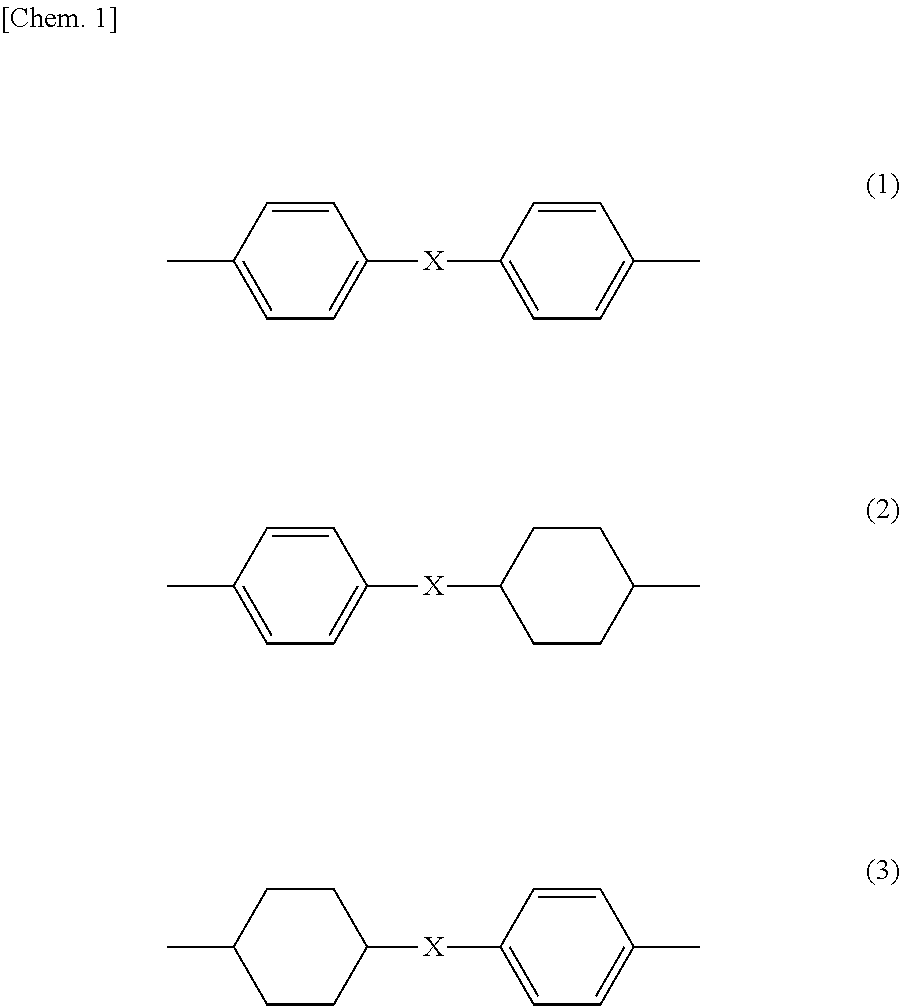Method for manufacturing liquid crystal display device
a liquid crystal display and manufacturing method technology, applied in the manufacture of electrode systems, electric discharge tubes/lamps, instruments, etc., can solve the problems of foreign matter defects, rubbing, and breaking of thin film transistor elements, and achieve the effect of improving display quality
- Summary
- Abstract
- Description
- Claims
- Application Information
AI Technical Summary
Benefits of technology
Problems solved by technology
Method used
Image
Examples
example 1
[0045]In Example 1, the main heating was performed twice at different temperatures and, between the first main heating (the first main heating step) and the second main heating (the second main heating step), the first-main-heated film was irradiated with light (the second light irradiation step) in the step (4). The following describes a method for manufacturing a liquid crystal display device according to Example 1.
(Structure of Liquid Crystal Display Device)
[0046]A liquid crystal display device has an FFS-mode electrode structure, and the pre-tilt angle is 0°.
(Photo-Alignment-Film Material)
[0047]A polymer including a methacrylic backbone and a photo-reactive cinnamate group in a side chain was used as a solid matter. A solvent used was a mixture of N-methyl-pyrrolidone and butyl cellosolve at a weight ratio of 50:50. The solid concentration was 4% by weight. The cinnamate group is a photodimerizable and photoisomerizable photo-functional group.
(Step of Forming Film from Photo-Ali...
example 2
[0067]Example 2 was performed in the same manner as in Example 1 except that a liquid crystal material containing liquid crystal molecules having negative anisotropy of dielectric constant was used. A method for manufacturing a liquid crystal display device according to Example 2 was the same as that of Example 1 except for the anisotropy of dielectric constant of the liquid crystal molecules. Thus, the description of the same respects is omitted here.
examples 3-1 to 3-6
[0101]For the liquid crystal display devices manufactured by the methods for manufacturing a liquid crystal display device of Examples 3-1 to 3-6, the pre-heating temperatures and the results of evaluating the display quality are shown in Table 1.
(Evaluation Method of Display Quality)
[0102]The display quality was evaluated on a four-level scale in the same manner as in Example 1. Level 1: the contrast was not lower than 1200. Level 2: the contrast was not lower than 1000 but lower than 1200. Level 3: the contrast was not lower than 500 but lower than 1000. Level 4: the contrast was lower than 500 or an alignment defect was visually observed. Those of Levels 1 to 3 were evaluated as suitable for products, whereas those of Level 4 were evaluated as not suitable for products.
TABLE 1Pre-heatingtemperatureEvaluation(° C.)resultsExample 3-160Level 1Example 3-270Level 1Example 3-380Level 2Example 3-490Level 2Example 3-5100 Level 3Example 3-6110 Level 3
(Evaluation Results of Display Quality...
PUM
| Property | Measurement | Unit |
|---|---|---|
| pre-tilt angle | aaaaa | aaaaa |
| temperature | aaaaa | aaaaa |
| temperature | aaaaa | aaaaa |
Abstract
Description
Claims
Application Information
 Login to View More
Login to View More - R&D
- Intellectual Property
- Life Sciences
- Materials
- Tech Scout
- Unparalleled Data Quality
- Higher Quality Content
- 60% Fewer Hallucinations
Browse by: Latest US Patents, China's latest patents, Technical Efficacy Thesaurus, Application Domain, Technology Topic, Popular Technical Reports.
© 2025 PatSnap. All rights reserved.Legal|Privacy policy|Modern Slavery Act Transparency Statement|Sitemap|About US| Contact US: help@patsnap.com


